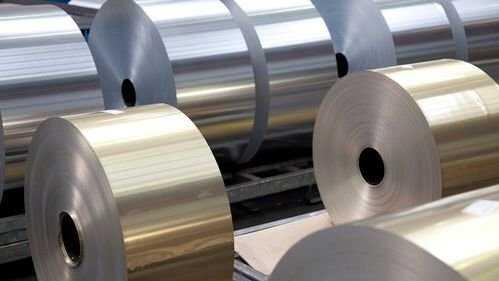 Energy Efficiency
Energy EfficiencyGlass Industry: 16 Emerging Technologies for Energy-efficiency and GHG Emissions Reduction
Summary
The container and flat glass industries emit over 60 million tonne of CO2 emissions per year. The global increase in glass consumption and production will drive significant growth in the industrys absolute energy use and GHG emissions. Ongoing developments will likely include development of different processes and materials for glass production or technologies that can economically capture and store the industry's GHGs. In 2017, Cecilia Springer of Lawrence Berkeley National Laboratory and I wrote a report that consolidated available information on emerging technologies for the glass industry with the goal of giving engineers, researchers, investors, glass companies, policy makers, and other interested parties easy access
to access information on this topic. The information is scarce and scattered regarding emerging or advanced energy-efficiency and low-carbon technologies for glass industry that have not yet been commercialized. Please feel free to contact me if you have any question about this report. Youths_____. Visit the LBNLs website and IBSLs.
Open full article
Glass Industry: 16 Emerging Technologies for Energy-efficiency and GHG Emissions Reduction
First published here
Glass production is a highly energy-intensive industrial process. The container and flat glass industries (which combined account for 80% of glass production) emit over 60 million tonne of CO2 emissions per year. The global increase in glass consumption and production will drive significant growth in the industry’s absolute energy use and GHG emissions.
Studies have documented the potential to save energy by implementing commercially-available energy-efficiency technologies and measures in the glass industry worldwide. However, today, given the projected continuing increase in glass production, future reductions (e.g., by 2030 or 2050) in absolute energy use and GHG emissions will require further innovation in this industry. Innovations will likely include development of different processes and materials for glass production or technologies that can economically capture and store the industry’s GHG emissions. The development of these emerging technologies and their deployment in the market will be a key factor in the glass industry’s mid- and long-term climate change mitigation strategies.
Many studies from around the world have identified sector-specific and cross- energy-efficiency technologies for the glass industry that have already been commercialized. However, information is scarce and scattered regarding emerging or advanced energy-efficiency and low-carbon technologies for the glass industry that have not yet been commercialized.
In 2017, Cecilia Springer of Lawrence Berkeley National Laboratory and I wrote a report that consolidated available information on emerging technologies for the glass industry with the goal of giving engineers, researchers, investors, glass companies, policy makers, and other interested parties easy access to a well-structured database of information on this topic.
The information about the 16 emerging technologies for the glass industry was covered in the report and was presented using a standard structure for each technology. Table below shows the list of the technologies covered.
 |
|---|
Table. Emerging energy-efficiency and GHG emissions-reduction technologies for the glass industry (Springer and Hasanbeigi, 2017)
Shifting away from conventional processes and products will require a number of developments including: education of producers and consumers; new standards; aggressive research and development to address the issues and barriers confronting emerging technologies; government support and funding for development and deployment of emerging technologies; rules to address the intellectual property issues related to dissemination of new technologies; and financial incentives (e.g. through carbon trading mechanisms) to make emerging low-carbon technologies, which might have a higher initial costs, competitive with the conventional processes and products.
Our report is published on LBNL’s website and can be downloaded from this Link.Please feel free to contact me if you have any question.
_____________
Related article
- The technical potential of large and industrial heat pumps. By Thomas Nowak
Stay tuned! Best ideas for energy efficiency and energy transition...



